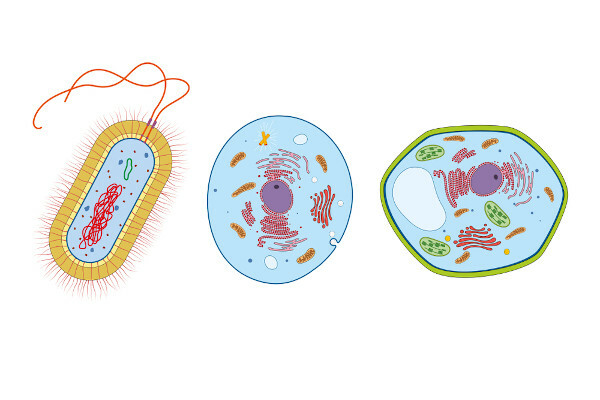Understanding the configuration of a population is necessary due to several aspects, so when carrying out studies on this topic it is I need to consider the demographic concepts, which are thematic information that serve to observe the needs in certain segments social. Thus, the population can be: absolute population, which corresponds to the total number of inhabitants in a given place (city, state, country, continent or in the world); and relative population, which corresponds to demographic density, which is the result of the total number of inhabitants divided by the territorial area.
Example: Japan has an area of 372,812 km2 and a population of 127.9 million inhabitants.
D= number of inhabitants
area
D= 127.9 million inhabitants
372,812 km2
D=341 inhabitants for each square kilometer.
Countries with a high number of absolute populations are considered populous, however, if we analyze the number of inhabitants per square kilometer and if this results in low numbers, the country is called strictly or heavily populated.
Another factor analyzed in the study of the population is the birth rate or percentage of births.
- The birth rate is calculated by dividing the number of live births by the number of the absolute or total population.
Example: birth rate = number of live births
absolute population
- Mortality rate it is the result of dividing the number of deaths and the absolute population.
Example: mortality rate = number of deaths
absolute population
- Fertility rate corresponds to estimates regarding the number of children that a woman can have during the period of fertility, between the ages of 15 and 49 years. This process is interesting to know the number of children or the average for each woman.
- Population growth represents the vegetative growth that is calculated by subtracting the number of births in one year from the number of deaths in the same period. Thus, if a city has 1,000 inhabitants and in a year there are 30 births and 13 deaths, the calculation is done as follows:
Vegetative growth = 30 born
13 dead
Vegetative growth = 17
From this result, it is clear that there was growth, as this was positive.
Population growth is not only based on the number of births and deaths, it is necessary to take into account the rate of migration, as there is a large migratory flow (people leave the country while others enter), this variation corresponds to the rate mentioned above, that is, the difference between immigrants and emigrants.
By Eduardo de Freitas
Graduated in Geography
Source: Brazil School - https://brasilescola.uol.com.br/geografia/conceitos-demograficos.htm


